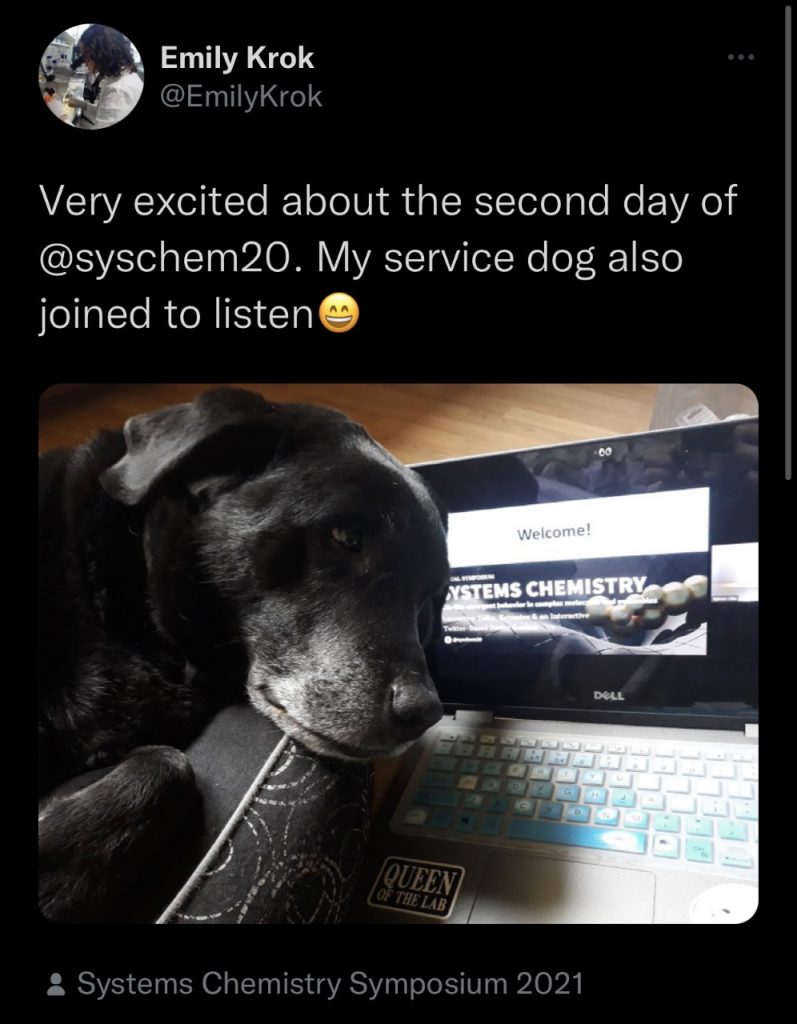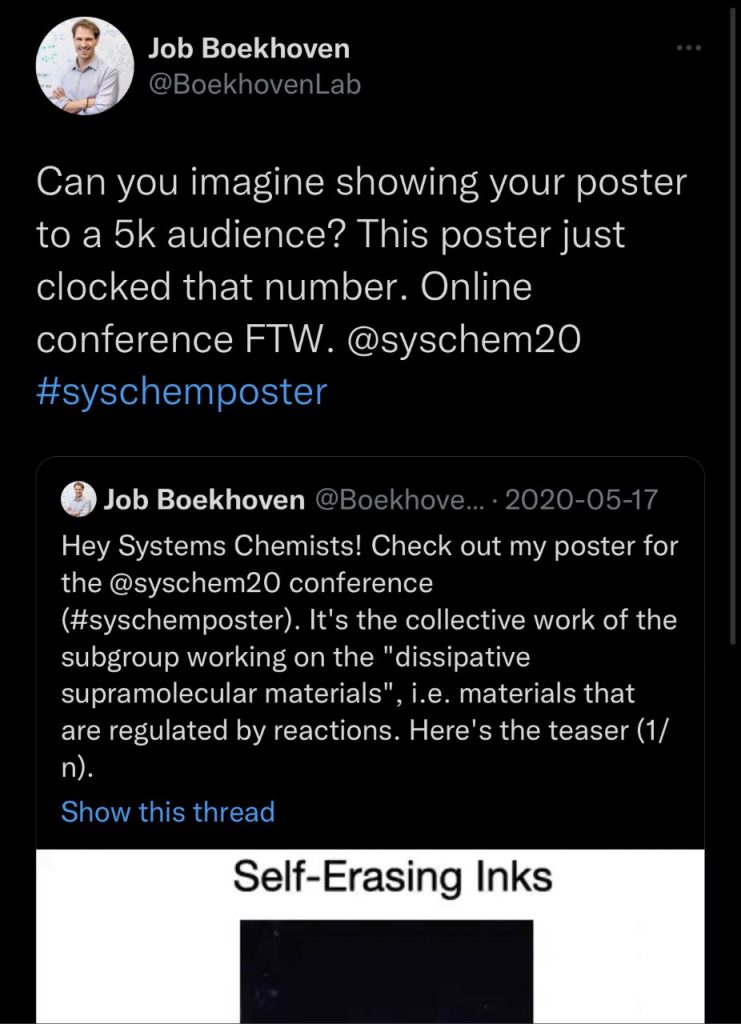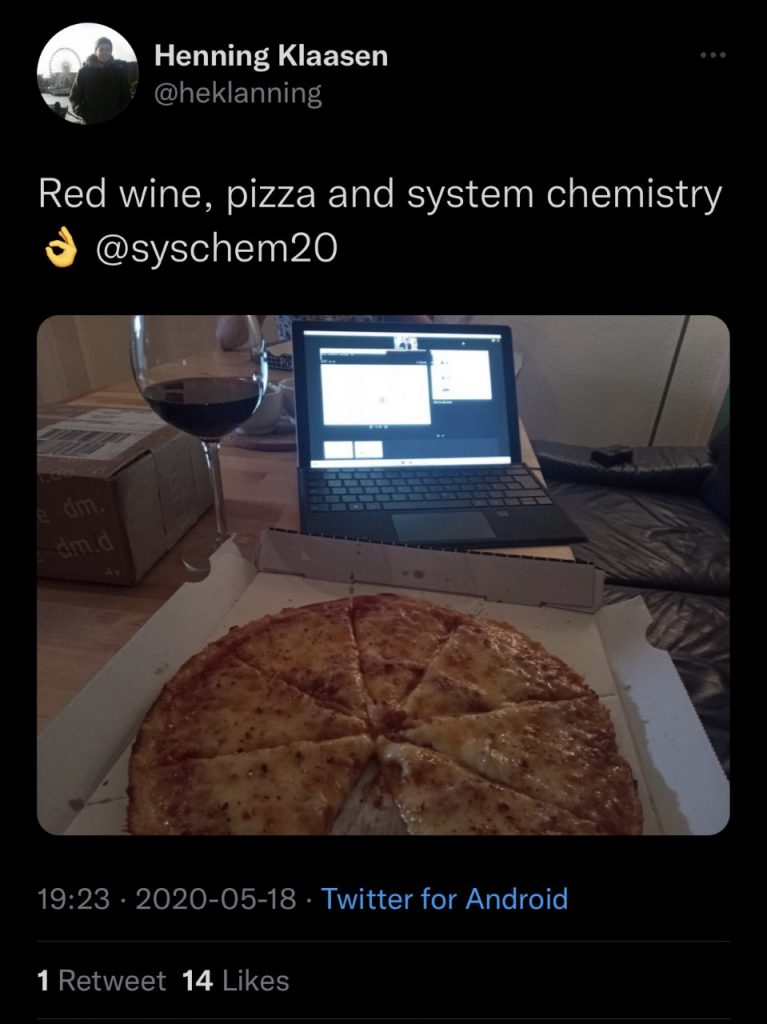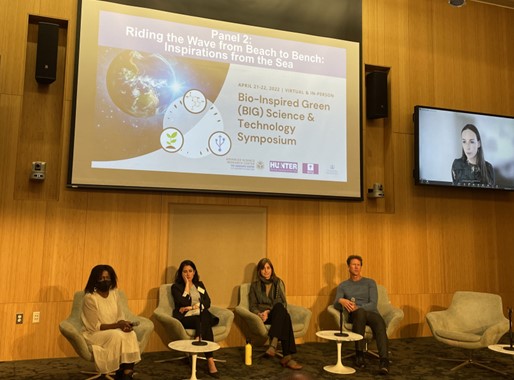In early 2020, New York City was the epicenter in the US of the then nascent global COVID-19 pandemic. When the city’s streets, stores, and research labs were deserted, including our own CUNY Advanced Science Research Center (ASRC), there was a longing to find ways to bring scientists together, and thereby maintain a sense of community and connection to keep the spirit of collaboration alive during this challenging period.
Within a few weeks, the scientific community adapted and pivoted remarkably quickly using Zoom-based lab meetings and symposia. Even social happy hours with quirky virtual backgrounds were introduced, and despite their awkwardness, we appreciated our colleagues’ genuine intentions to show interest and care for each other.
But what about big international conferences that in normal times were often highlights of the academic calendar? Can the spirit of such meetings be captured on Zoom?
Back in May of 2020, after learning about the cancellation of an entire conference season, we gathered our colleagues across the globe and decided to try and organize the first virtual Systems Chemistry meeting that turned out to be a highlight during this dark time. Fast forward two years and we’re enjoying travel and in-person conferences once again with face-to-face social interactions!
From these two years, we learned many valuable lessons that will be carried forward into the post-pandemic era, including the positive benefits of virtual participation, leading us to conclude that a well-organized hybrid format can offer the best of both worlds.
Moving virtual
After finding out about the cancellation of the second Gordon Conference on Systems Chemistry, which had been scheduled for June 2020, we quickly agreed that something had to be done. At that time, we had very little idea about how to undertake a large-scale global event. Nonetheless, we took the plunge and announced the 2020 Virtual Systems Chemistry Symposium on social media with an ambitious six-week timeline to get everything organized.
Unsurprisingly, we quickly learned that there was a huge appetite for this type of meeting, and soon we had to cap registration at 1,000 people from 48 different countries. We recognized that a standard symposium format with sequences of long talks with short discussions was probably not going to capture the attention span of our virtual audience. So instead, we opted for a format of short talks focused on one or two recent ongoing research projects with focus more on panel-style interactive discussions involving multiple speakers.
As this was early in the pandemic, before Zoom fatigue overcame many, the participants commented that this format provided them with a very different style to enjoy a conference. Twitter provided an excellent platform for real-time comments of how participants were enjoying the symposium across continents and time zones — during breakfast, dinner, or with a glass of wine, and with atypical companions, such as a service dog. Their Tweets also captured the excitement of reaching a wider audience that is inaccessible in a conventional in-person conference.



From organizing this event, we learned a lot and got useful feedback. During the symposium we polled our audience for their biggest barrier in attending international conferences (pre-pandemic) and 42% responded funding, 27% said time, 9% said personal obligations, 2% said they don’t like to travel, 7% said none, and 13% said other. In a separate poll, we asked how likely it would be that they would attend another virtual conference, and 74% selected all the time – love this format, 25% said maybe one or two more, and 1% said never.
As ours was amongst the first large virtual meetings organized by students, postdocs, and faculty, we received numerous requests to share our conference preparation materials. We therefore decided to publish an open access article as a step-by-step guide for planning and executing a global, virtual symposium. The guide includes useful resources like PowerPoint templates and scoring rubrics that can be adapted for other virtual events. The Virtual Systems Chemistry symposium has now turned into an annual event, with the second one organized by the University of Strasbourg with a 2023 version in the planning.
Why hybrid conferences should stay
By March 2022, social distancing and mask mandate policies had started to relax, virtual conference fatigue had set in, and we were excited to welcome our colleagues back in person for a symposium. But would this mean we would be returning to the pre-pandemic status quo?
We decided “no” and to instead combine the best of virtual with in-person aspects of conferences. In celebration of Earth Day, we organized a two-day Bio-Inspired Green Technology and Science Symposium (BIG Symposium) at the ASRC and on Zoom. We offered free attendance for online participation and a low $50 fee for in-person participation.
The symposium showcased scientific advances that are at the forefront of sustainable technology development, and brought together relevant communities of environmental scientists, chemists, materials scientists, and engineers online and in-person to discuss the positive and unintended negative impact of new technology.
We incorporated the joint panel discussion concept from our virtual symposium and included a “big picture” analysis and response by environmental scientists in each session and concluded with a reflective panel discussion that worked well both for both our virtual and in person participants. The BIG Symposium was intellectually and ethically stimulating and was a powerful example of the benefits of a hybrid symposium that can reduce the global footprint of travel.
The hybrid format also increased accessibility, allowing more people to attend the event without the cost of travel and time constraints, and led to a huge increase in the diversity of the attendees, specifically, more students and postdocs, and much more diversity in terms of gender identity. The flexibility allowed participants to present and join the panel discussion virtually, like Julia Ortony, an assistant professor at MIT, who was able to participate virtually while caring for her newborn.

While virtual conferences were at first developed to continue collaborations during a global pandemic, we found many lasting advantages will outlive the pandemic. From our experience, hybrid format takes more organization than either totally virtual or in-person format to create a pleasant experience for various participants. But the extra effort is well worth the irreplaceable face-to-face interactions and the increased accessibility and convenience of virtual participation.
Having organized all different formats of conferences, we believe that the hybrid format is a happy medium that is here to stay.
Written by: Jiye Son and Rein V. Ulijn
Reference: Jiye Son, et al., Ten Steps to Organize a Virtual Scientific Symposium and Engage Your Global Audience, Global Challenges (2022). DOI: 10.1002/gch2.202200005
Feature image credit: Mikael Kristenson on Unsplash

















